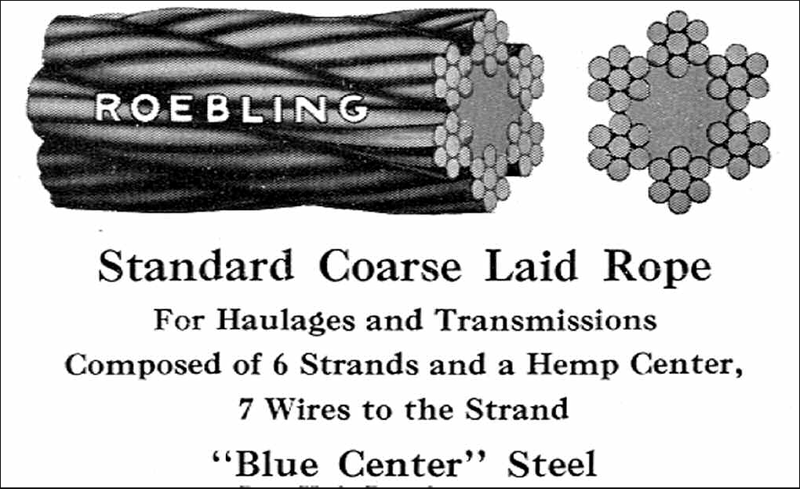The Roebling Chapter’s new logo appeared on the last newsletter (Vol. 16, No. 4 September 2007). It has already been applied to our stationery and will continue to be integrated into other chapter materials as they are revised. On items printed in color, the center of the logo is blue.

The need for a new logo grew out of concern about chapter use of the same gasholder logo as the national SIA. The national board felt there could be confusion between us, especially when the chapter took a position on a preservation issue. We had been using the gasholder since the chapter was separately incorporated in 1986, yet it did seem like a good idea to establish a separate identity with our own logo.
The new logo was designed by Martina Salisbury. Martina was a tenant in the Austin, Nichols & Co. Warehouse and helped launch the preservation battle for that building. She has been active in working to preserve other historic industrial sites in Williamsburg and Greenpoint. She and her husband own a company which designs and manufactures store displays in one of the former Eberhard Faber pencil factory buildings in Greenpoint, Brooklyn.
As the basis of a new image we, of course, looked to the Roeblings, seeking something that would reflect membership in New York and New Jersey. The Brooklyn Bridge, for instance, was deemed to be too New York-centric.
The final logo is based on a cross-section of Roebling Coarse Laid Rope made with Blue Center Steel found in a 1930 John A. Roebling’s Sons Company catalog. In addition to evoking one of the products of the wire rope works in Trenton, the logo references a company magazine for employees, Blue Center.

According to the 1964 Handbook of Rigging: For Construction and Industrial Operations by W. E. Rossnagel, “Wire rope is usually made up of a number of wires laid (not twisted) left-handed into a strand, then a number of strands, usually six or eight, laid right-handed around a hemp rope center to form the wire rope, or steel cable 2 as it is frequently called.” It is described by indicating the number of strands, then the number of wires in each strand, so the rope in our logo would be a 6 x 7, that is six strands of seven wires each.
The Roebling catalog says that Coarse Laid Rope is much stiffer than standard hoisting rope and requires larger sheaves. Although the smaller number of wires meant a higher factor of safety needed to be observed in case of breaking wires, the wires were considerably larger in diameter and so could withstand more wear. It was designed for service under exceptionally severe conditions.
The Handbook goes on to explain that, “Most wire ropes are laid up with a hemp rope center to act as a cushion for the strands.” The trade name and colored hemp center of Roebling’s Blue Center wire rope was a way to identify it as made with improved plow steel, a grade of steel stronger and more abrasion-resistant than others used in wire rope making with a strength of 240,000 to 260,000 pounds per square inch. The Roebling catalog says that its Blue Center steel combined the highest strength with maximum fatigue and wearing qualities.



